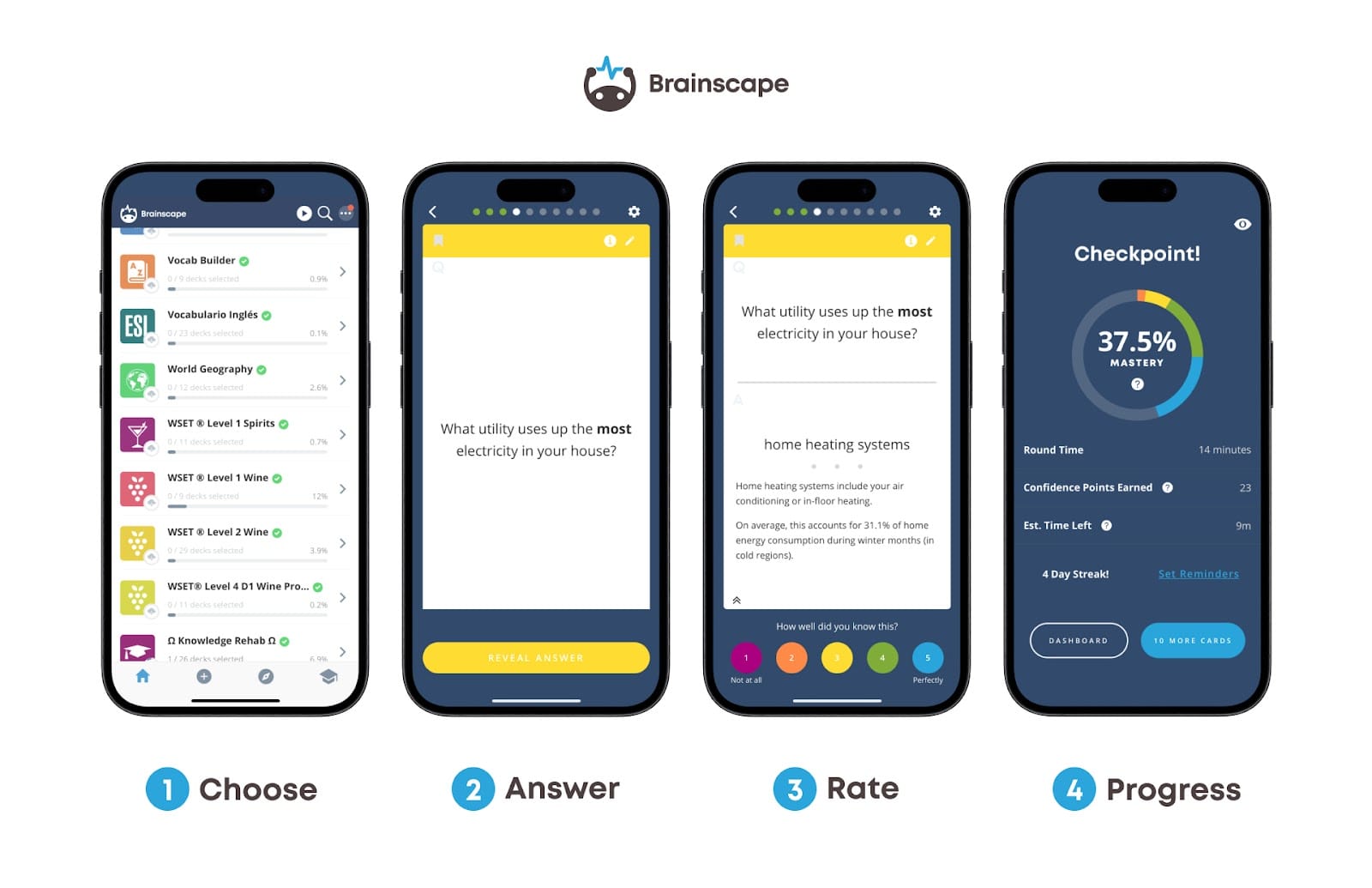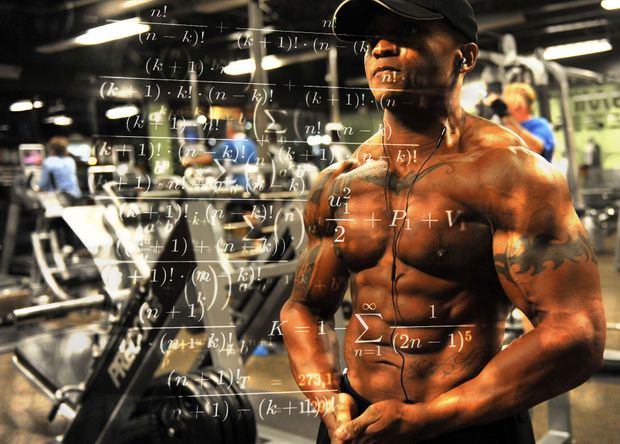We’ve all been there—buried under a mountain of priorities: school, sleep, friends, and now... exercise? Who has time for all that?
But here’s the good news: you don’t need more time—you just need a smarter strategy. With a little creativity, you can squeeze studying into your workouts (or vice versa) and actually get more done while staying energized, focused, and, let’s be honest, a little smug.
Let’s break it down.
Why Exercise Helps Your Brain (Not Just Your Abs)
Exercise doesn’t just help you look good in your grad pics—it’s also a legit brain booster. Here’s how:
- Sharper thinking: Cardio increases blood flow and oxygen to your brain, which improves memory, focus, and learning.
- Better immunity: A stronger body = a stronger brain, thanks to improved circulation and lower inflammation.
- Less stress: Exercise releases feel-good endorphins that cancel out cortisol and give your brain the reset it needs.
- More energy: Regular movement improves sleep, mood, and stamina so you can handle all of life’s chaos with grace (or at least fewer breakdowns).
4 Clever Ways to Mix Study and Sweat
1. Study Between Sets
Knock out a set of squats, then hit a quick round of flashcards. Repeat. The rest periods in your workout are perfect windows for short bursts of review—and Brainscape’s 10-card rounds make this incredibly easy.
Brainscape’s adaptive flashcards adjust to your confidence level and help you learn faster by focusing more on what you don’t know yet. Just bring your phone and study smarter in the gym—no heavy textbooks required.
2. Exercise Between Study Rounds
Flip the script. Instead of “study at the gym,” try “move during study.” Every 30 minutes of deep focus? Hit some jumping jacks, go for a walk, or do yoga. Research shows it actually helps lock in knowledge by activating your memory and giving your brain a breather.
3. Multitask on the Move
Walking? Biking? Elliptical-ing? Use that time to listen to lectures, teach a concept out loud, or run through flashcards on your phone. This combo is ideal for repetitive exercises where your brain can stay partially engaged without crashing into a wall.
Brainscape even has audio features for hands-free studying, so you can stay in motion and still prep like a boss.
4. Use the Feynman Technique
Walking alone? Teach a concept to an imaginary 6th grader. If you can explain it simply, you truly understand it. This technique is perfect for reflection time—no devices needed. (Bonus: you might even start to sound like a genius at dinner.)
Flashcards for Effective Studying While Exercising
Digital flashcards are incredibly effective tools for quick, convenient studying, making them the perfect complement to your exercise. Brainscape’s adaptive learning platform makes it super easy to build your own flashcards or find flashcards that other users have made. And because it’s all 100% digital and online, all you need to worry about packing in your gym bag is your phone. Forget heavy textbooks and sheaves of study notes.

Brainscape also delivers its study sessions in short 10-flashcard rounds, so you can whip out your phone between sets, study 10 cards, work out, study, rinse, and repeat. By the end of an hour, you would have done a potent 15 to 20 minutes of study.
A Word About Motivation
Let’s be real. You probably won’t be able to study and do sprints and win a Nobel Prize all in the same hour. And that’s okay.
The trick is to set reasonable expectations. Start with just 10 minutes of studying while you exercise. That’s 10 more minutes than before—and it adds up fast.
Brainscape makes this process ridiculously smooth. Our smart flashcard system uses spaced repetition and confidence ratings to automatically focus your study time where it counts most. You can use it anywhere, on any device, and in whatever tiny time slots you can find. It's the ultimate study weapon—and your secret to learning more, even when life is packed.
FAQ: How to Study While Exercising
Is it possible to study while exercising?
Yes, especially during low-intensity workouts like walking, cycling, or using an elliptical. With the right materials (like audio lessons or mobile flashcards), you can stay physically active while still reinforcing what you’re learning.
How to work out effectively while studying?
Choose exercises that allow mental bandwidth. Think steady cardio or workouts with rest periods. During those rest windows or rhythmic motions, you can review flashcards, listen to lectures, or mentally rehearse concepts.
Should I work out if I have to study?
Absolutely. In fact, regular physical activity can enhance your ability to retain and recall information. Exercise increases blood flow to the brain, reduces stress, and improves focus, making your study sessions more productive overall.
How do I balance my gym and study?
It’s all about stacking habits. Use tools like digital flashcards for short study bursts between sets or while on the move. Set small, consistent goals and build a routine that pairs physical movement with cognitive review. There’s no need to choose one over the other! You can have both!
Final Thoughts on the Power of Study and Exercise
Studying while exercising isn’t just possible—it’s powerful. With the right tools and a flexible mindset, you can double your productivity and feel amazing while you do it. Whether you’re on a treadmill, doing planks, or just taking a walk, that’s time you can use to reinforce what you’ve learned.
Brainscape helps you turn those small, overlooked chunks of time into high-impact study sessions—so you can keep your grades up, your stress down, and your health right where you want it.
Because in the battle between time and productivity, you’ve now got the ultimate study weapon in your pocket.
P.S. Looking for a library of expert-certified flashcards? Brainscape covers hundreds of subjects, from high school to college, grad school, professional certifications, languages, and even wine tasting!
Additional Reading
- How regular exercise improves your studying
- 12 Focus Exercises to Build Your Attention Span Like a Muscle
- Optimize Your Brain Health for Effective Studying
References
Anxiety & Depression Association of America. (2022, October 28). Physical activity Reduces stress | Anxiety and Depression Association of America, ADAA. ADAA. https://adaa.org/understanding-anxiety/related-illnesses/other-related-conditions/stress/physical-activity-reduces-st
Armstrong, B. (2024, February 20). How exercise affects your brain. Scientific American. https://www.scientificamerican.com/article/how-exercise-affects-your-brain/
De Pietro, M., & Aremu, F. (2021, February 27). What to know about endocannabinoids and the endocannabinoid system. Medical News Today. https://www.medicalnewstoday.com/articles/endocannabinoid#:~:text=Endogenous%20cannabinoids%2C%20or%20endocannabinoids%2C%20are,help%20with%20various%20bodily%20functions.
Fenesi, B., Lucibello, K., Kim, J. A., & Heisz, J. J. (2018). Sweat so you don’t forget: Exercise breaks during a University Lecture increase on-task attention and learning. Journal of Applied Research in Memory and Cognition, 7(2), 261–269. https://doi.org/10.1016/j.jarmac.2018.01.012
Harvard Health. (2024, August 26). Exercise can boost your memory and thinking skills. https://www.health.harvard.edu/mind-and-mood/exercise-can-boost-your-memory-and-thinking-skills
Kooloos, J. G., Bergman, E. M., Scheffers, M. A., Schepens‐Franke, A. N., & Vorstenbosch, M. A. (2019). The effect of passive and active education methods applied in repetition activities on the retention of anatomical knowledge. Anatomical Sciences Education, 13(4), 458–466. https://doi.org/10.1002/ase.1924
Lin, T., Tsai, S., & Kuo, Y. (2018). Physical exercise enhances neuroplasticity and delays Alzheimer’s disease. Brain Plasticity, 4(1), 95–110. https://doi.org/10.3233/bpl-180073
Nieman, D. C., & Wentz, L. M. (2019). The compelling link between physical activity and the body’s defense system. Journal of Sport and Health Science/Journal of Sport and Health Science, 8(3), 201–217. https://doi.org/10.1016/j.jshs.2018.09.009
University of Colorado Boulder. (2020, August 7). The Feynman technique. A&S Academic Advising and Coaching. https://www.colorado.edu/artssciences-advising/resource-library/life-skills/the-feynman-technique-in-academic-coaching
Vorvick, L. (2024, February 8). Exercise and immunity. MedlinePlus. https://medlineplus.gov/ency/article/007165.htm
Voss, N. (2010). Plasticity of brain networks in a randomized intervention trial of exercise training in older adults. Frontiers in Aging Neuroscience. https://doi.org/10.3389/fnagi.2010.00032
